Gender identity is a complex and deeply personal aspect of who we are. Understanding and respecting this facet of human diversity is crucial for fostering an inclusive society. Here are 19 essential things everyone should know about gender identity.
What is Gender Identity?
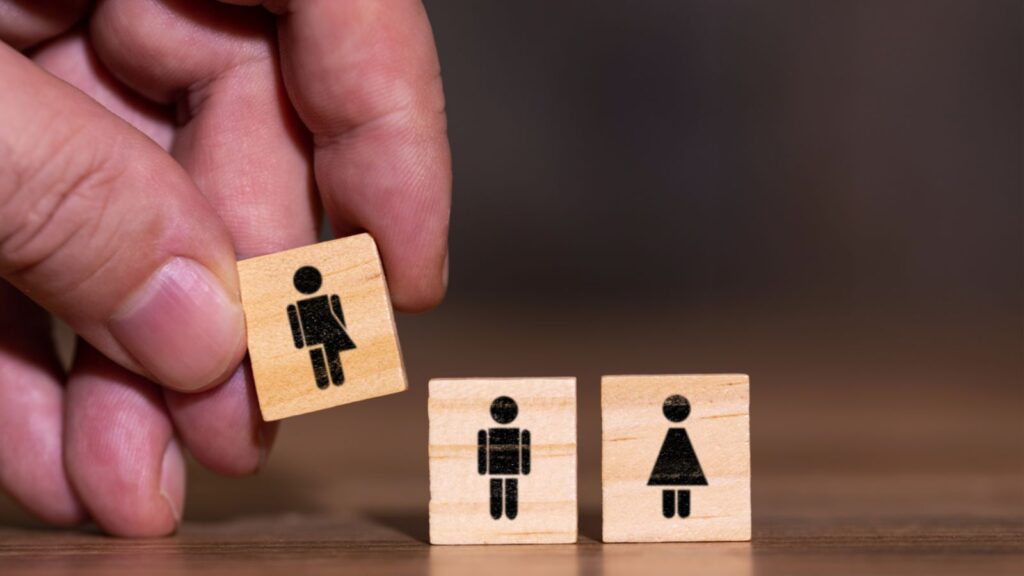
Gender identity is an individual's internal sense of their gender, whether it's male, female, a blend of both, neither, or something else entirely. It's distinct from biological sex, which is assigned at birth based on physical characteristics.
The Gender Spectrum
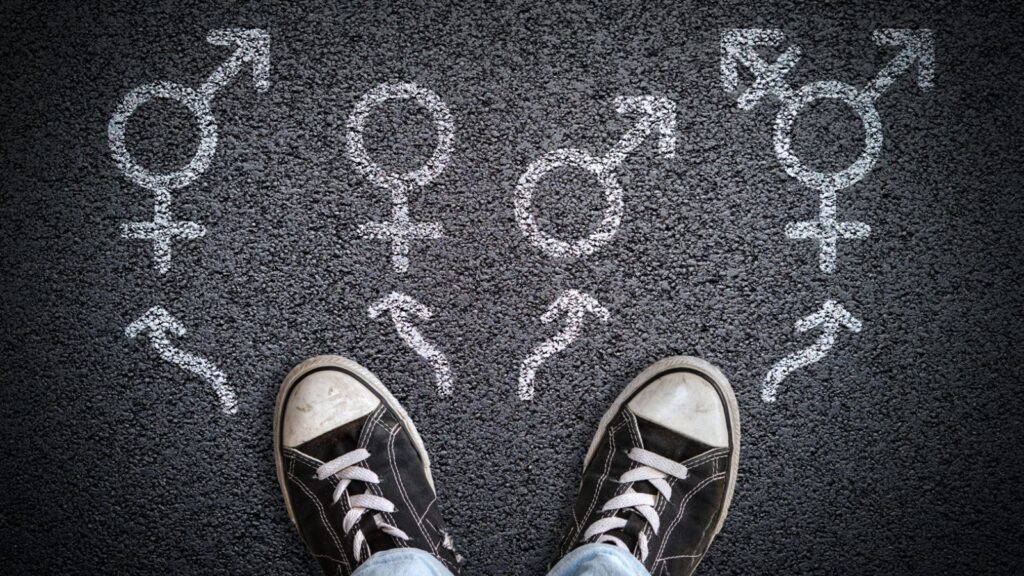
Gender is not a binary concept limited to male and female. Instead, it exists on a spectrum encompassing identities like non-binary, genderqueer, and agender. Recognizing this diversity is essential for inclusivity.
Cisgender and Transgender
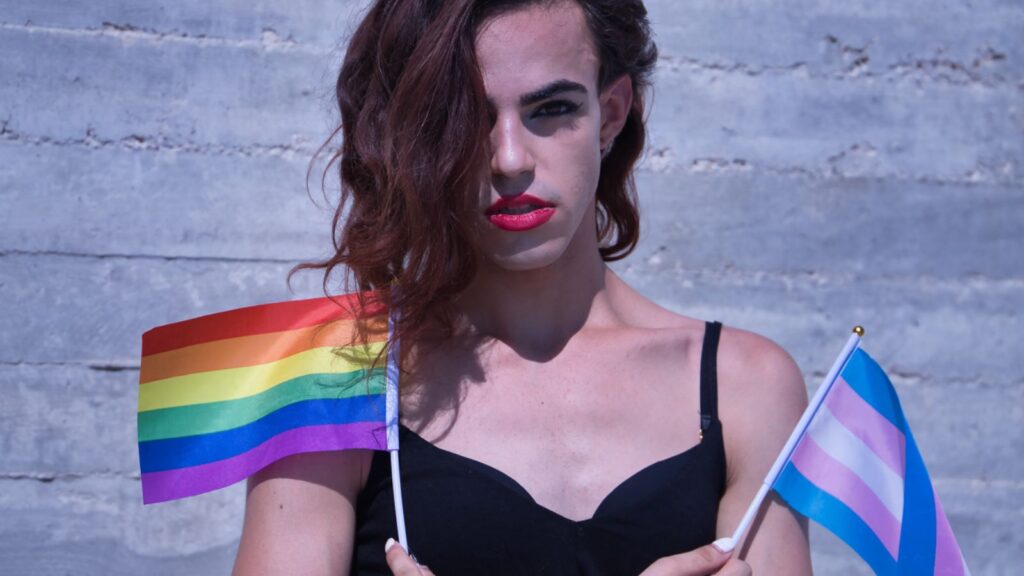
Cisgender individuals identify with the sex they were assigned at birth. Transgender individuals have a gender identity different from their assigned sex at birth. This term is inclusive of a wide range of gender identities, including non-binary and genderfluid people.
Gender Fluid Identities

The term gender fluid refers to a gender identity that is non-fixed and which may shift over time or depending on the situation. The word fluid works well in this description as it compares the individual's gender to a body of water that can change, rise, and fall like the waves of the ocean.
Non-Binary Identities

Non-binary is an umbrella term for gender identities that don't fit within the traditional male/female binary gender. This includes identities like genderfluid, agender, and bigender.
Pronouns Matter
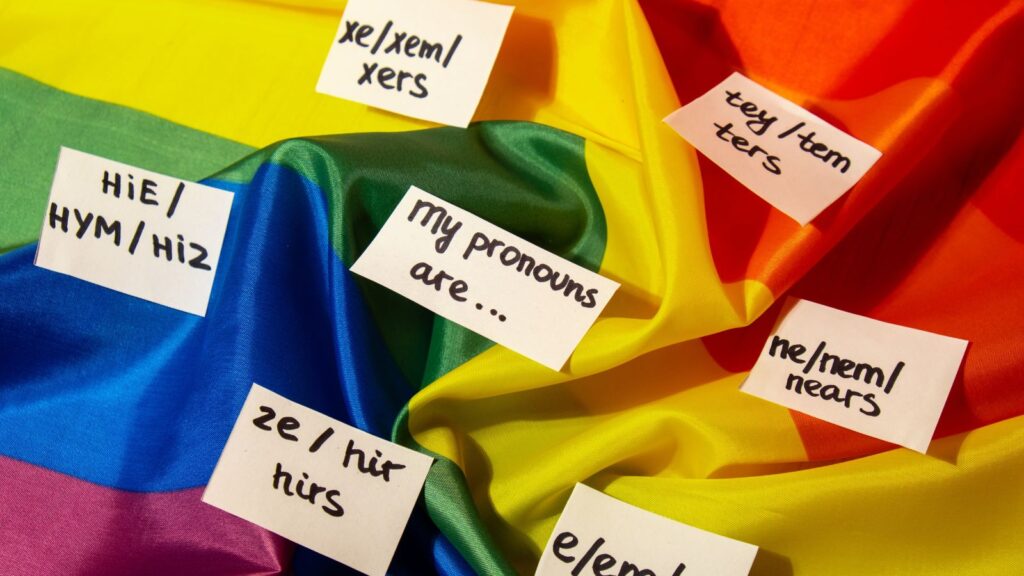
In recent years, there has been widespread recognition of the importance of pronouns. Using the correct pronouns for someone is a basic way to respect their gender identity. Common gender-neutral pronouns include they/them, xe/xem, and ze/zir.
The Importance of Pronouns in Introductions
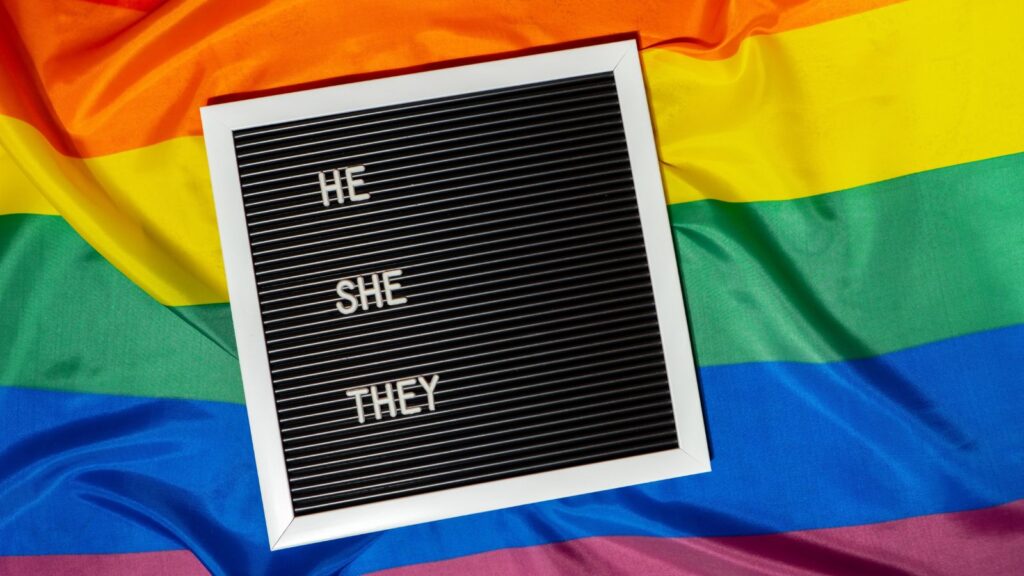
Including your pronouns when introducing yourself can create a more inclusive environment. It signals respect for diverse gender identities and can make a significant positive impact on those around you. Also, it’s important to take care when introducing others, and it’s generally appreciated if you make an effort to include others' pronouns, too.
Gender-Neutral Language

Although it sounds trivial, using gender-neutral language, such as “folks” instead of “ladies and gentlemen,” helps avoid assumptions about people's gender and promotes inclusivity. Keeping your language gender-neutral also helps non-binary individuals feel included and respected.
Respecting Pronoun Changes

Once someone chooses a specific pronoun, it doesn’t mean that it will stay the same forever, and people may change their pronouns as they explore their gender identity. Respecting these changes, even if it takes time to adjust, shows support and understanding.
Correcting Pronoun Mistakes
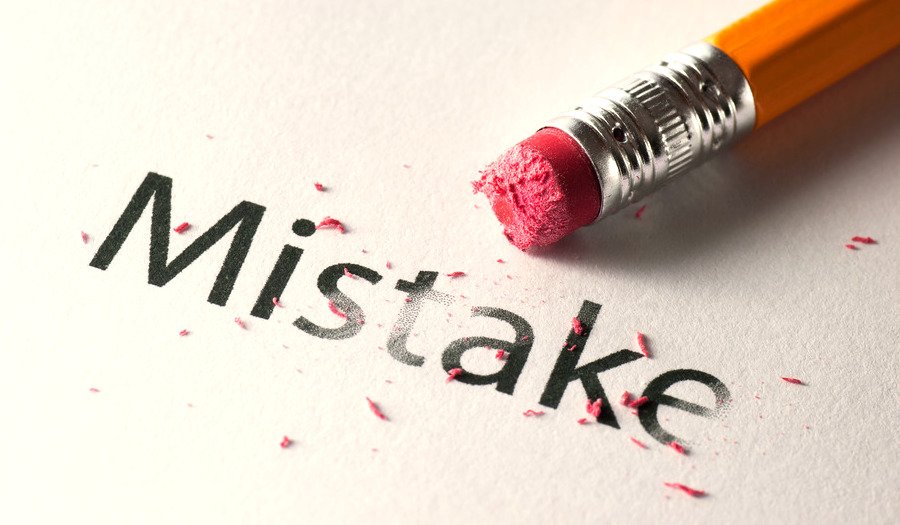
The use of pronouns is still pretty new, and most people won’t attack you for tripping up and saying the wrong thing. A quick apology and correction are sufficient if you make a mistake with someone's pronouns. But be aware that over-apologizing can make the person, and others feel uncomfortable.
Pronouns in Email Signatures

Introducing pronouns into professional settings, such as adding pronouns to email signatures, is a growing practice that helps normalize discussions about gender identity and prevents misgendering in professional settings. Although this may seem like a very simple gesture, it can make a big difference in making non-binary individuals feel welcomed, heard, and respected in the workplace.
Schools and Pronouns
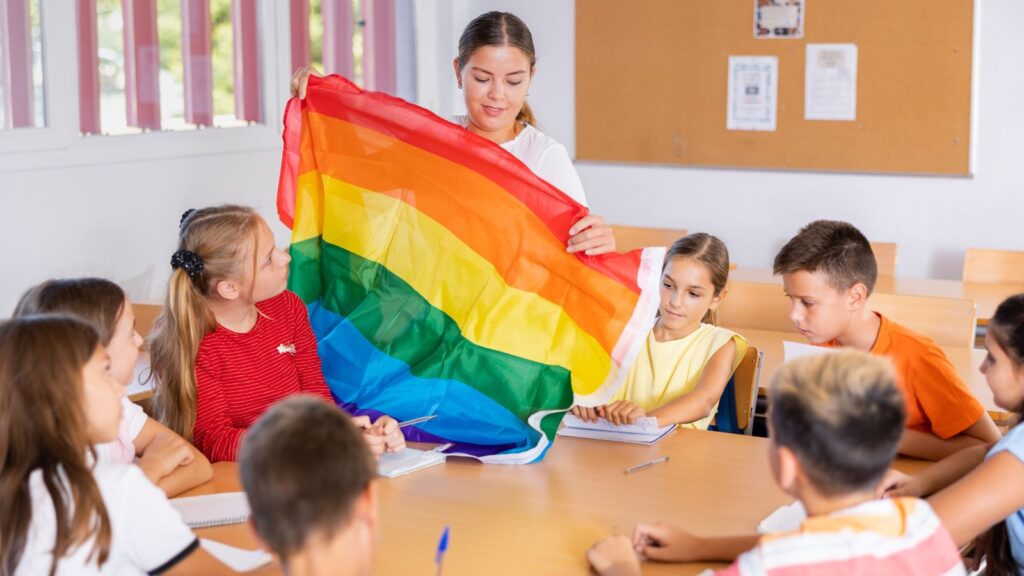
Since time began, students have had to answer to pronouns that they felt didn’t align with how they felt, and many faced being misgendered at school on a daily basis. But now, many schools are adopting policies that respect students' preferred pronouns. This fosters a safer and more inclusive environment where all students can thrive.
Workplaces and Pronouns

Inclusive workplaces now encourage employees to share their pronouns. This practice promotes diversity and ensures that everyone feels respected and valued in their workspace. It also sends a signal of inclusivity, indicating that employers are open to embracing equality for all their staff.
Understanding Gender Dysphoria

Gender dysphoria is the distress that can occur when a person's gender identity doesn't align with their assigned sex at birth. Understanding and acknowledging this experience is crucial for supporting transgender individuals.
Supporting Transgender People
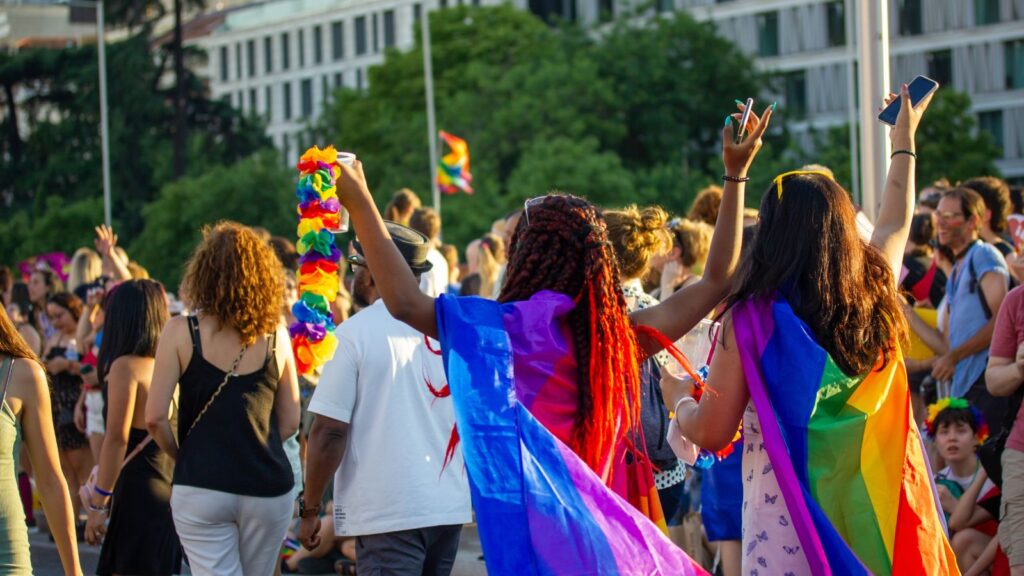
Using correct pronouns and affirming someone's gender identity are basic ways to support transgender and non-binary individuals. This acknowledgment helps combat societal stigma, and it sends a signal that discriminatory behavior is wrong. No one should ever be made to feel less than for their gender or sexual orientation, or any other characteristic for that matter. We are all human, and we all deserve to be treated with respect.
Educating Yourself
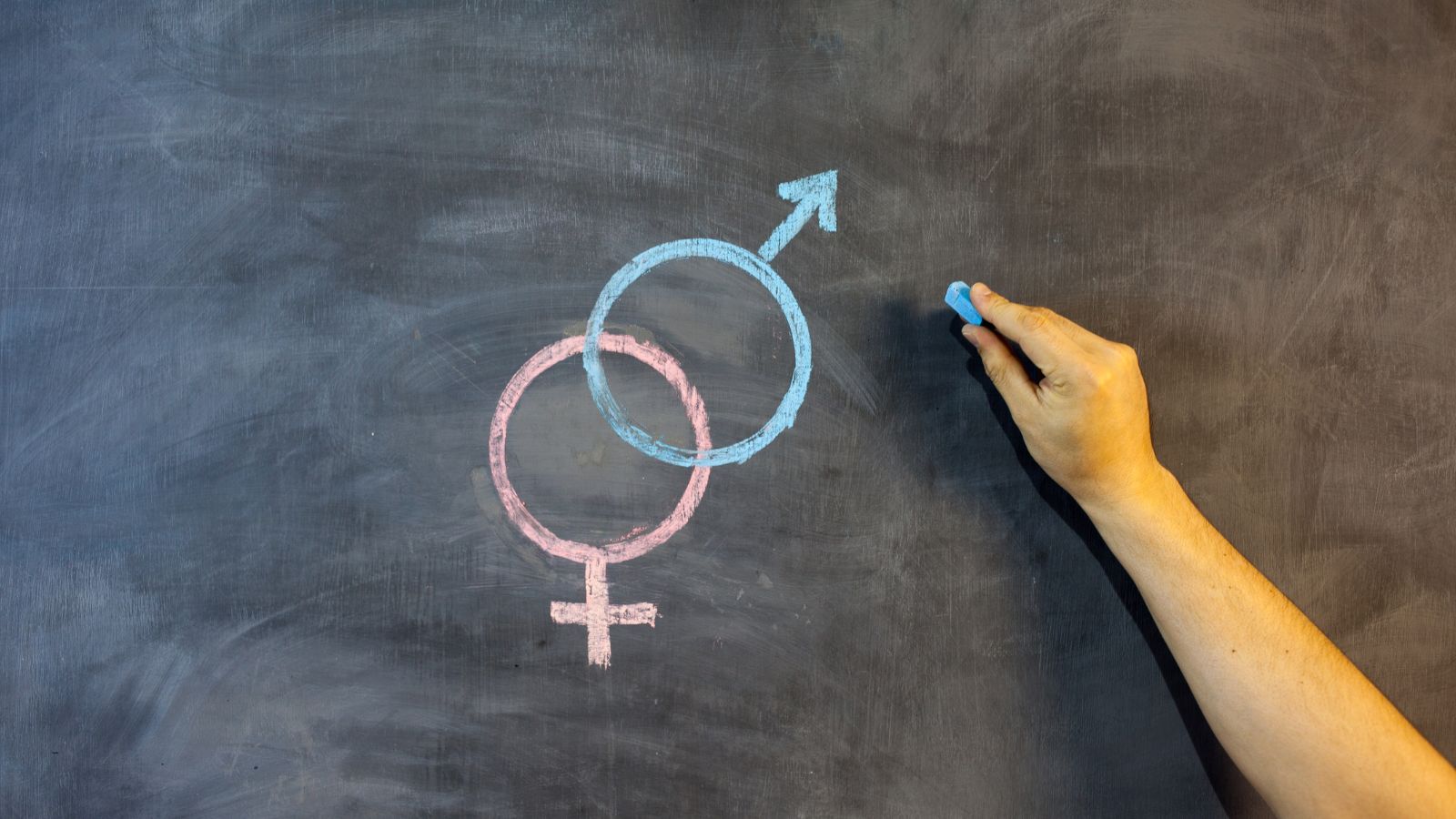
Taking the initiative to learn about gender identity and pronouns shows active allyship. It also helps reduce the social stigma associated with these concepts. For too long, individuals who do not fit into the traditional definitions of gender have faced persecution, discrimination, and even violence. By educating yourself and setting an example of inclusivity and respect for all, you will be teaching others to love and appreciate every beautiful form of gender.
The Role of Culture
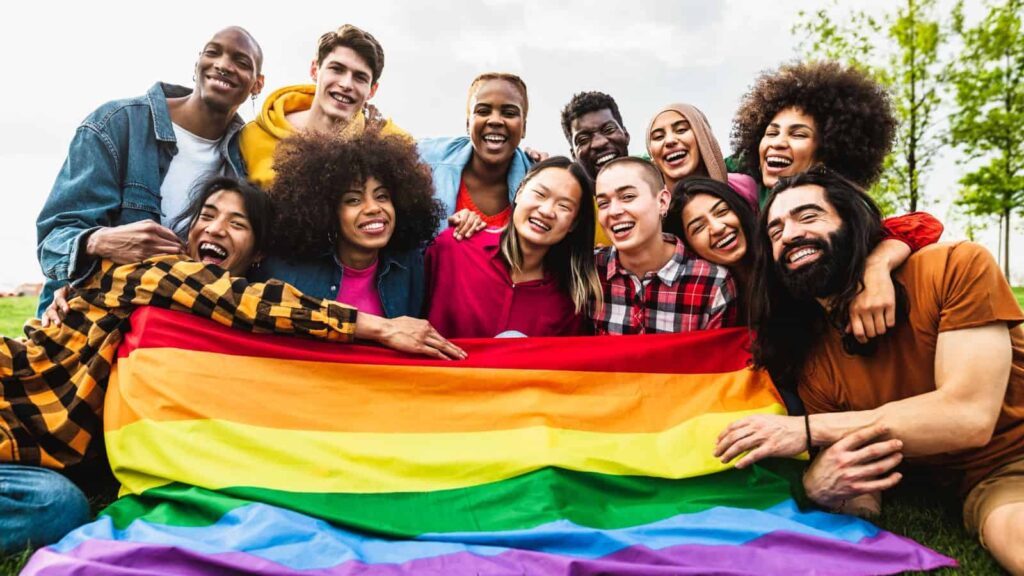
Although some of the language and concepts around gender may feel new to us, different cultures have recognized non-binary and gender-diverse identities for centuries, so this is nothing new for humanity. Understanding this global perspective enriches our appreciation of gender diversity.
Creating Inclusive Spaces
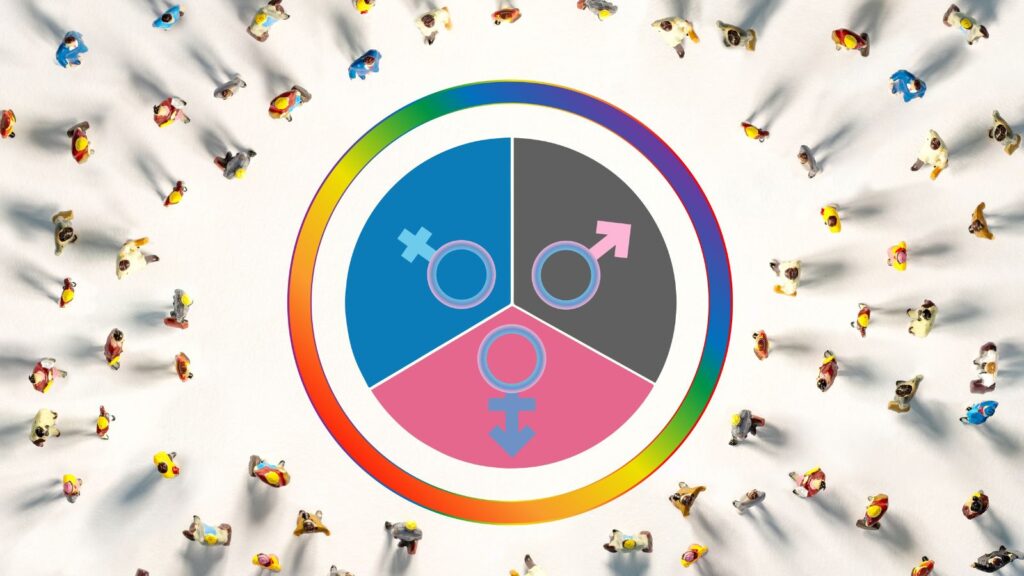
Encouraging the use of correct pronouns in classrooms, offices, and social gatherings helps create spaces where everyone feels seen and respected. It also sets a precedent of inclusion, respect, and equality for all. This can go a long way toward destigmatizing gender fluidity and non-binary individuals, which can only be a positive thing.
The Journey of Transition

Transitioning can involve social, legal, and medical steps, but it's unique to each individual. Some may choose hormone replacement therapy or surgery, while others may not. Every person's journey is valid and should be respected.
Gender identity is a fundamental part of who we are. By educating ourselves, respecting pronouns, and creating inclusive environments, we can support everyone in expressing their true selves.
30 Traditional Sayings That Are Now Considered Offensive by Woke Culture

30 Traditional Sayings That Are Now Considered Offensive by Woke Culture
21 Habits Often Associated With Having a Lower Social Status

21 Habits Often Associated With Having a Lower Social Status
25 Social Issues Gen Z are Determined to Cancel

